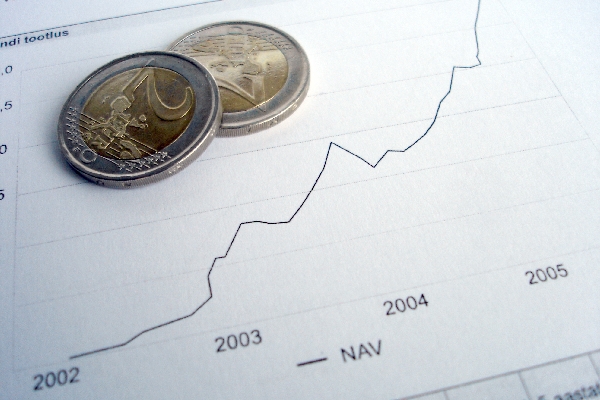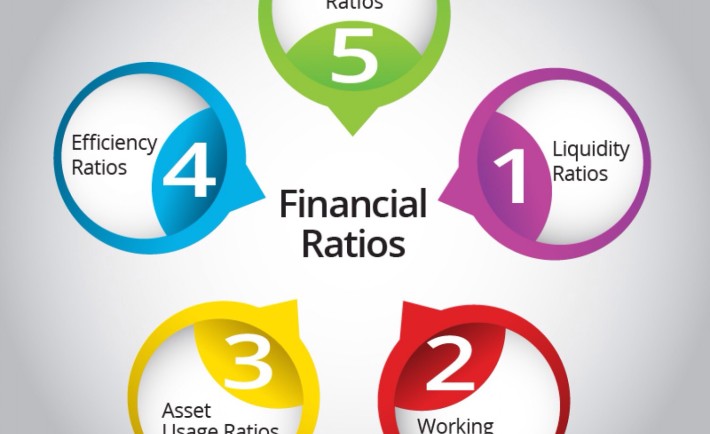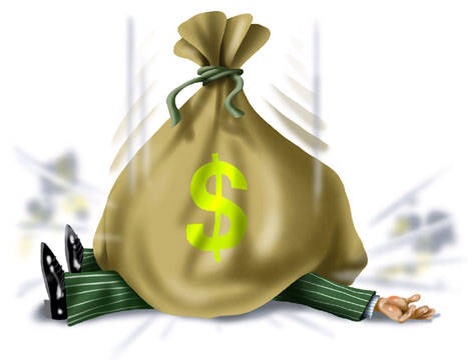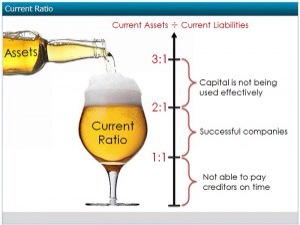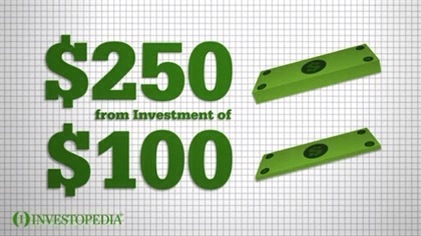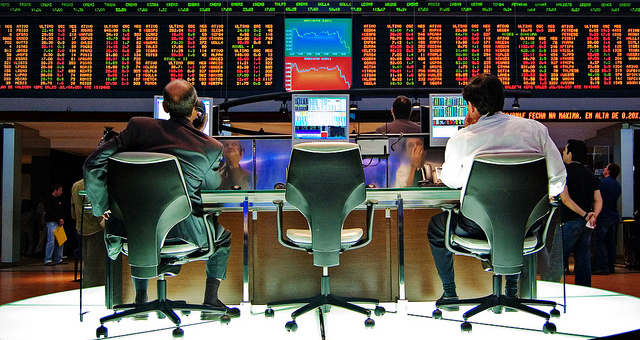An investment can often be effected by unforeseen circumstances. No matter whether it is a financial crash like in 2008 or a natural disaster like the earthquake in Japan – the market is never entirely save from unexpected disturbances. Therefore, expecting the unexpected will also be a credo for 2015. There is more to be considered. The global market seems surprisingly stable and might be able to excel further in 2015. But there are still a few things to keep in mind when putting your money in the market.
The oil price has fallen significantly within the last three months and even went to $53 US dollar on the last trading day of 2014. Although the supply has been reduced in order to stop the landslide, it doesn’t necessarily mean a halt for now. The oil price will most likely continue to affect the markets for a substantial part of the year. Sudden unforeseen events, like a military conflict or further overproduction, could trigger the oil price to go either way. This could therefore heavily disrupt an oil-dependent economy, such as Russia that is already unstable. When investing in 2015, one should consider to what extent the invested industry is subject to the oil price. If an investment is co-dependent on the rise and fall of the black gold, a seemingly stable share can fall rapidly just like the oil price and the Ruble did. Therefore, it is advisable to check the loose ends of your investments in order to see where they might get caught up in 2015.
The Federal Reserve in the US is said to raise the interest rate again later this year. Why is this interesting for anyone outside the US? At first glance it isn’t. But it is nonetheless a factor that one should keep in mind when investing internationally. Firstly, the raising of the FED interest rate can have a significant impact on the other markets in Asia and Europe. The markets are especially unstable in the days before the Federal Reserve is going to announce the raise. There is a good chance that shares will start to wager heavily for a short while. This might be a good chance to jump on some low prices before they will regulate themselves after the excitement around the interest rate has quietened down.
It might seem very obvious, but IT sector should not be left out of sight. Several shares are continuing to grow beyond everyone’s expectations. Certain stocks have been growing for more than five years straight and there isn’t an end in sight. That means not only that an investment in the IT and tech sector is potentially very lucrative and brings favourable returns, but is also a possible long-term investment that is crisis-safe. Tech shares have gained up to 20% and more in 2014. Charlie Morris from the HSBC Global Asset Management said that the tech sector will literally go ‘nuts’ this year. Stocks like Facebook, Google and Apple seem a very obvious choice – this is for a very good reason though. Investors have made profitable returns in the last years and will do so in 2015 as well. There are however more tech stocks to watch out for. Furthermore, paradoxically some tech indices have fallen throughout the year. They are predicted to take up speed this year again, as the tech stocks are gaining too. Therefore, the low prices of the tech indices offer an interesting opportunity to get involved and make reasonable profits. Even though the indices aren’t bringing as much return as perhaps Facebook and Apple, they still can be very beneficial for investors.
There are, however, certain investments one should be careful with, but definitely watch out for. One of those is gold. The price for the shiny metal has fallen to $1131,24 US dollar an ounce in November, which was the lowest in four years. Part of the reason for the drop is the US dollar, as gold is priced in the American currency. As the US dollar has become very strong throughout 2014 and risen to a seven-year high, the gold price went down. Furthermore, the price had suffered due to the low inflation. The latter is used as a hedge to prevent rising prices. This however makes gold more expensive in other currencies. However, there are analysts that predict the gold price could rise up to $1500 US dollar an ounce in the next years. Depending on the inflation rate, some even expect a raise to $3000 US dollar in the next ten years. This could mean a high potential benefit for investors in the long-term. Even though the very near future of the gold price might be rather slow, it seems very unlikely to fall substantially further. The demand for gold in China, India and other Asian markets is already growing and will continue in 2015. Jeffrey Nichols from Rosland Capital predicts a move of investments away from stocks and bonds back to gold. It seems that the signs are all set golden.
When investing within Europe, one should keep certain dangers in mind. The most prominent for numerous analysts is the political situation. If the UK was to vote on exiting the EU, the financial sector could be shaken up significantly. The European market has been suffering from a lack of trust for several years now. The rebuilding of faith in the industry has started, but remains slow. One should take the political instability in consideration when investing within the EU.
Although there isn’t much trust from the public and the politicians, the global financial market has recovered. Indicators such as the S&P 500 have gained over 12% throughout the year. Many analysts even claim the market is doing too well. Hence, there could be an instant eruption. Therefore, depending on your financial goal, it might be wise to only take the risks that are really necessary. The risk one takes with its investment should be matched by the financial aim of the investor. If risks are being taken then it is advisable to invest within one’s comfort zone. Don’t invest in what you don’t know.

